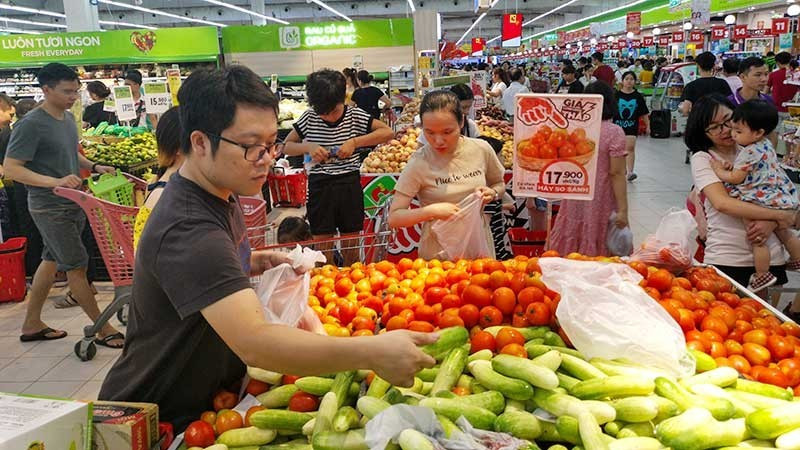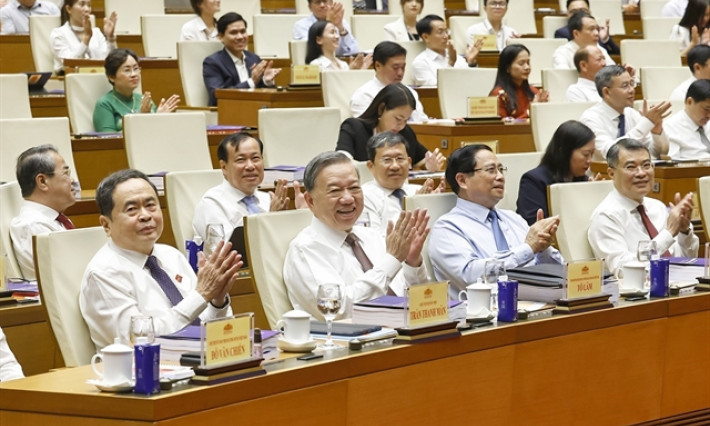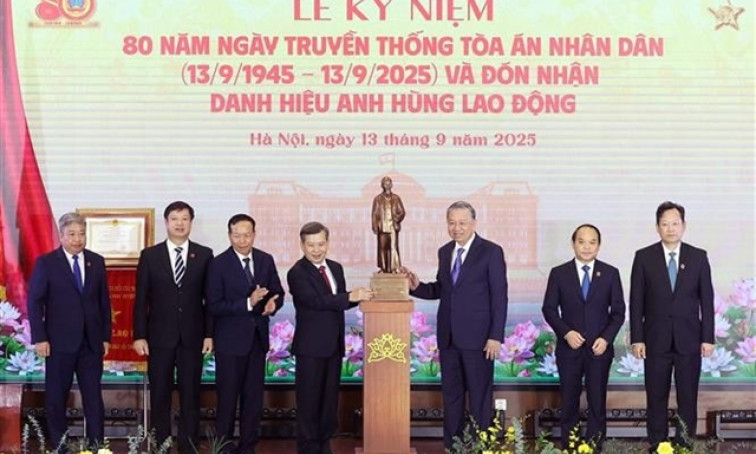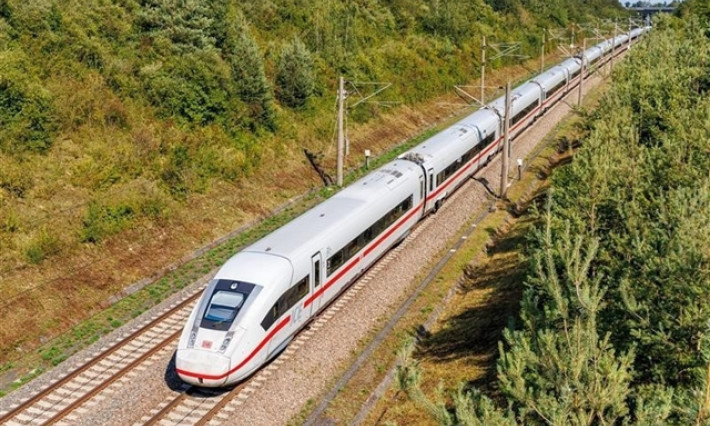Economy shows signs of improvement
Although the current difficulties cannot be changed in the short term, it is forecast that Vietnam’s economic growth will accelerate in the second half of 2023 and thrive from the beginning of 2024. 
The improvement of the Vietnamese economy becomes more visible as many sectors of the economy continue to maintain a more positive trend, compared to the previous month and the same period last year. In addition, the Vietnam Manufacturing Purchasing Managers’ Index (PMI) also expanded again in August, to surpass the 50.0 mark for the first time in six months, while businesses began to see increases in the number of new orders, after months of decline.
Overcoming obstacles
The industrial production in August 2023 advanced compared to the previous month and the same period last year, in which some key industries soared sharply, such as metal production; production of beds, cabinets, tables, and chairs; production of products from prefabricated metal; food production; and beverage production.
Commercial and service activities maintained a high increase, with total retail sales of goods and services expanding by 10%, over the same period in 2022. The country was estimated to have a trade surplus of more than 20.19 billion USD in the first eight months of this year, while that number was 5.26 billion USD during the same period in 2022.
The economy also witnessed a rising number of newly registered businesses, as well as an expansion in registered capital and workers.
Moreover, foreign direct investment (FDI) posted encouraging results amid the difficult context of the world and regional economy. Total FDI capital hit 18.15 billion USD in the first eight months of this year, up 8.2% over the same period last year, showing the confidence of foreign investors in Vietnam’s economy.
World Bank Lead Economist for Vietnam Andrea Coppola said at the Vietnam Business Forum 2023, that the global slowdown is affecting Vietnam’s main trading partners such as the US, the Eurozone and China, creating pressure on and risks to the Vietnamese economy due to the declines in exports.
Personal consumption has decelerated after a period of bouncing back, due to strong compression during the COVID-19 epidemic. Private investment has also dropped sharply. Thus, the plunge in external demand, combined with weaker domestic demand, are the causes of Vietnam’s economic slowdown, during the first half of 2023.
A positive sign seen during these past months, is the regaining of import and export activities, raising expectations for the recovery prospects of businesses. Notably, the disbursement of public investment capital has been improved, compared to the first half of the year, contributing to supporting growth.
According to Coppola, Vietnam’s economic growth in the last months of the year will mainly rely on domestic consumption and public investment. The economy is overcoming obstacles and is forecast to gradually recoup from early 2024 and thrive more robustly from 2025.
Managing Director of Mizuho Bank Hanoi Motokatsu Ban also shared the same view with Coppola. The expert said that Vietnam’s economic growth has recently slowed down, but the Government has had policies to support people and businesses to maintain economic growth and continue to attract FDI inflows.
Global economic developments are still detrimental to the domestic situation, but Vietnam’s economy has a solid foundation and prospect to speed up in the coming years when adverse external factors are reduced.
Effective solutions in the short term needed
According to economic experts, it is hard to come up with solutions to reverse the situation in the second half of 2023, but slowing economic growth requires the Government to take effective policy actions in the short term, helping to boost recovery from early 2024.
The World Bank warns that monetary policy does not have much room to reduce interest rates, nor can it bring about much effect because the current demand for credit is not high.
Therefore, there should be solutions to assist people and businesses through fiscal policy and the effective implementation of the Government Programme on supporting socio-economic recovery and development.
In addition, structural reforms are needed to recuperate the economy in the medium and long term, through investment policies for the energy sector, handling bad debts, and efforts to combat global climate change.
According to Deputy Minister of Planning and Investment Tran Quoc Phuong, although the economy still faces many challenges in the coming time, there will be many opportunities for the main growth drivers, including exports, consumption, public investment and FDI. The Government and the Prime Minister are implementing many solutions to foster and create a breakthrough for economic growth.
Several main driving forces, especially public investment, are being promoted to free up resources, creating opportunities for production development, in addition to consumption stimulation solutions, to facilitate businesses to get access to credit, tax and land rent exemption.
In particular, the Government has drastically directed ministries, sectors and localities to focus on hastening the disbursement of public investment. As a result, the disbursement of public investment in eight months of 2023 was higher than the same period last year. Therefore, there is a basis to believe that 95% of public investment will likely be disbursed in 2023.
To achieve the highest socio-economic development results in the remaining months of 2023, the General Statistics Office recommends that the Government concentrate on implementing the fiscal and monetary policies passed by the National Assembly, maintain macroeconomic stability and implement proactive and flexible monetary policy, in line with fiscal policy and other macro policies.
It is also advisable to stimulate domestic production and consumption and have solutions for several industries and fields, that are adversely affected by the decline in world market demand, such as footwear, textiles, and wood production and processing.






